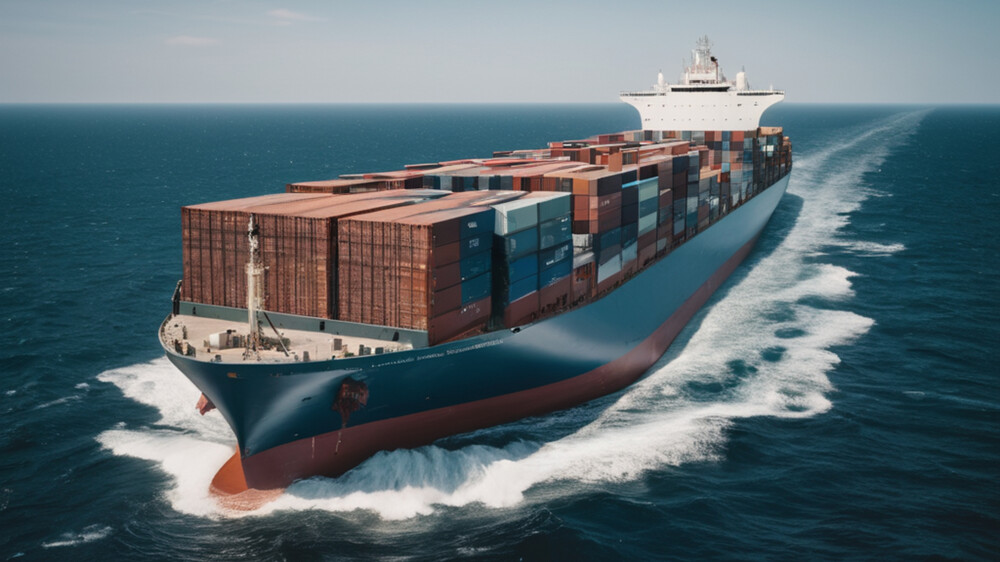

The reinforcement of "rules of origin" requirements, scarier than tariffs
😮 The Harsh Reality Facing Korean Export Companies
In April 2025, President Trump announced a 10% baseline tariff on all imports, with an additional 25% reciprocal tariff on certain countries, including South Korea. This targets Korea’s core export items. While Hyundai and Kia have some U.S.-based production, vehicles and parts made in Korea face a sharp decline in competitiveness due to these tariffs. In 2024, Korea’s auto exports to the U.S. accounted for roughly half of its total auto exports, highlighting heavy reliance.
🚗 Changed Tariffs, Changed Structures
The tariffs aren’t just a slight increase. Auto tariffs have surged from 2.5% to 25%, and steel and aluminum face 25% under Section 232. Smartphones produced by Samsung in Vietnam could face up to 46% tariffs when exported to the U.S., shaking up global supply chains. According to IBK Industrial Bank, Korean auto exports could drop by up to 18.6%, and semiconductors may see an 8.3% decline, per the Korea Institute for Industrial Economics & Trade.
📄 Scarier Than Tariffs
The real burden lies in stricter “rules of origin” requirements. It’s no longer enough to simply label the country of production—steel must be traced back to the crude steel stage, and batteries to their raw material sources. However, the complex nature of automotive supply chains makes this tracking difficult. Korea’s Customs Service has formed task forces to crack down on high-risk items for false labeling. Some companies have already been caught exporting through bonded zones to bypass rules.
🏛️ What Is the Government Doing?
The Ministry of Trade, Industry, and Energy and the Customs Service are holding public-private task force meetings, with sector-specific discussions for appliances, batteries, displays, textiles, and machinery. On April 18, a 4.4 trillion KRW emergency export support budget was allocated. The Korea Trade Commission restructured to strengthen investigations into “third-country dumping” and established new units like the Dumping Investigation Support Division and Ruling Support Division. A helpdesk for SMEs is also operational.
🌐 Is Transshipment a Viable Solution?
Companies like Samsung and LG are exploring USMCA transshipment strategies via Mexico, with Southeast Asian production bases like Vietnam also under consideration. However, the U.S. is tightening rules of origin scrutiny, and Korea’s Customs Service has announced comprehensive investigations into “origin laundering” through bonded zones. They’re particularly focused on companies double-reporting identical items.
📦 Supply Chain Restructuring Is Now Essential
LG Electronics is exploring expanded refrigerator and TV production beyond its Tennessee plant. Samsung is discussing shifting some dryer production from its Querétaro, Mexico plant to South Carolina. The era of producing in the cheapest locations is over—companies must now diversify production to account for tariffs, risks, and political uncertainties, making it a survival imperative.
🔍 What Needs Checking Now
It’s not just about origin documentation. Companies must review whether supply chains are overly concentrated in specific countries and whether alternative suppliers are secured. A recent Korea International Trade Association survey found that 68% of SMEs struggle with supply chain diversification. In such structures, even a few days of supply disruptions can halt production. Some large firms are increasing long-term contracts and managing lists of high-risk items to mitigate risks.
🧭 This Isn’t Temporary
This policy isn’t a one-off—it’s part of a global shift where “supply chains are strategic assets.” The U.S. is restoring manufacturing, Europe is mandating inventory stockpiling, and Japan is securing raw material reserves. IFPMA and McKinsey note that raw material sourcing, once concentrated in China and India, is diversifying. Failing to proactively adapt to these changes will trap companies in recurring crises. The structure is changing—quietly, but profoundly.